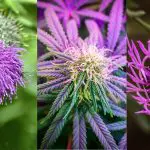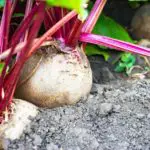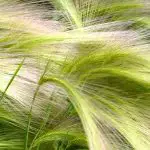Last Updated on December 14, 2022 by Derek
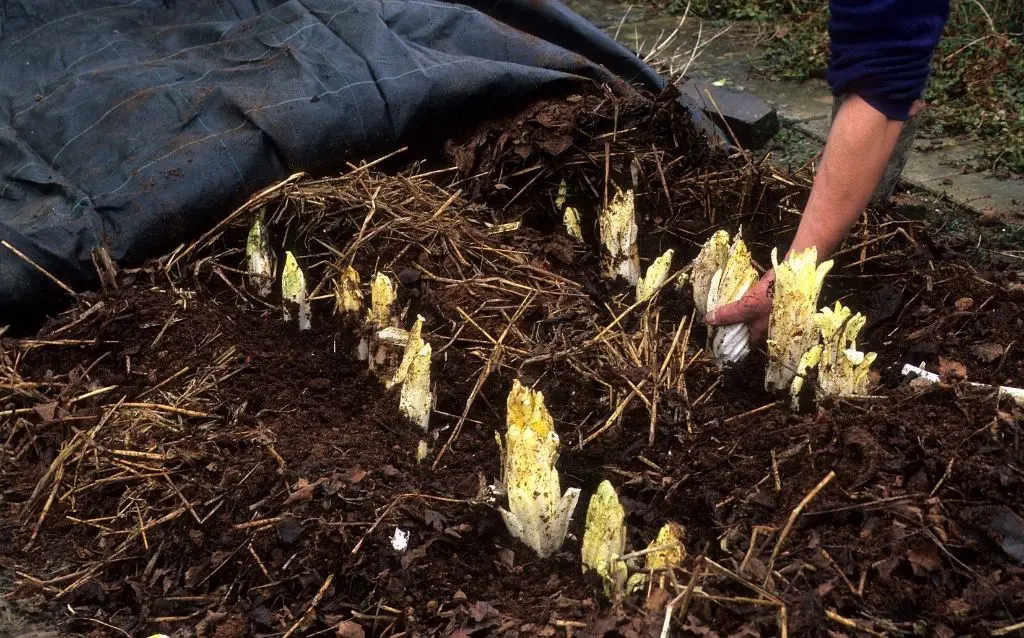
Is endives and escarole the same thing?
Escarole is generally accepted as a variety of endive. What we normally think of as ordinary endive is really Belgian endive, which you can see on the left hand side of the image below. It’s always found in the salad section, with kales and lettuce, and has become a firm favorite.
Can you substitute endive for escarole?
Escarole is part of the endive family of vegetables (Asteraceae) and tastes mildly bitter. It’s very similar to green leaf lettuce but its leaves are more robust and thicker. Some people fry it quickly to reduce its bitter taste. It is basically interchangeable with kale or lettuce.
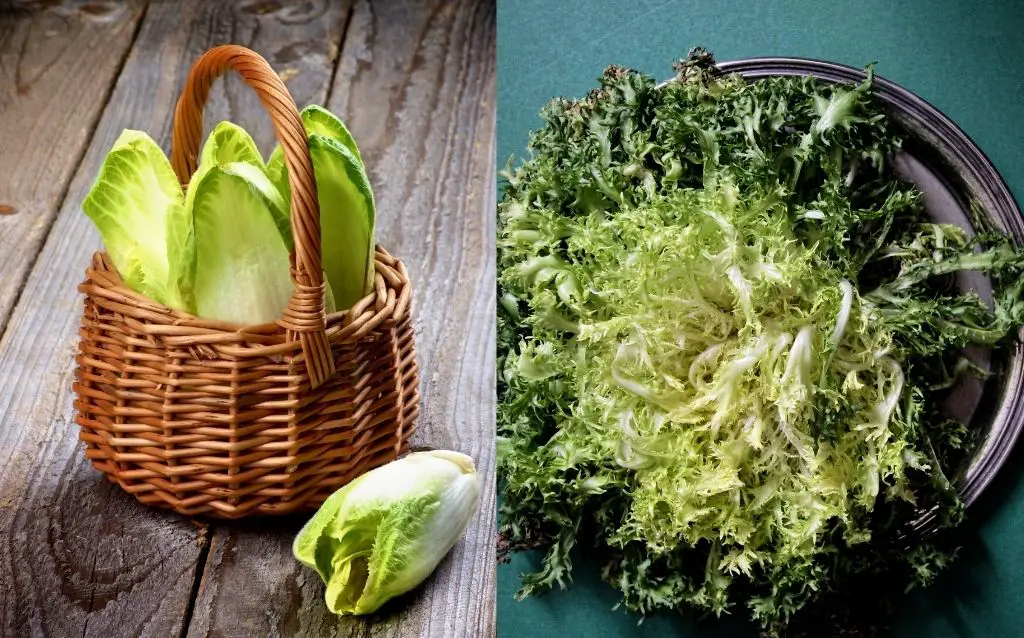
Endive plant facts
Plant Name: Asteraceae (compositae)
Plant Family: Asteraceae (compositae)
Scientific Name: Chicorium Endivia
garden Endive or Escarole
Where do endives come from?
Endive is thought to have originated in East India. It was used as food by the Egyptians and later by Greeks and Romans. Early cooks used it in salads and as a pot herb, but today it is mostly used in salads.
Endive was largely ignored in the U.S. by market gardeners until after 1940s.
Different types of endives
True endive should not be confused with French or Belgian endive, which is a variety of chicory. Endive and Escarole are closely related to chicory and radicchio.
There are two types of endive, the curled or fringed, and escarole which has broad leaves. Because it is attractive in tossed salads and garnishes, the curly leafed type is planted more often.
Video – How to grow endives at home
Endive planting guide
Table – Endives planting information
| Seeding Rate Per Foot | Scatter seed as thinly as possible and cover with about 1/2 to 3/4 inch soil. |
| Seeds Per Ounce | 27,000 |
| Space Between Plants | 8″ |
| Planting Depth | 1/2″ |
| Plant Height | Medium |
| Plant Types | Curled or Fringed Broad leaved known as escarole |
| Favorite Varieties | Fringed: Salad King, Green Curled Broadleaved, Full Heart Batavian |
| Seed Viability (Years) | 5 years |
| Seed Germination | 60° F |
| Germination Time | 49 days at 32° F 15 days at 41° F 7 days at 50° F 4 days at 59° F 3 days at 68° F 2 days at 77° F to 90° F |
Planting Instructions – Endives and Escaroles
When to plant endives
Plant crops in cool weather, about two weeks before the expected date of the last frost.
To be sweet and tender, endive must grow fast in cool weather. Early spring crops should be planted from transplants produced at temperatures above 60° F to avoid premature flowering.
A late-season crop planted in August has excellent flavor but can be difficult to germinate in hot weather.
Endive makes an attractive, curling leafed, edible border for flower beds and other decorative gardens. It lends itself to mixed plantings in container gardens.
What do endives taste like?
Endive has a better, less bitter flavor as a fall crop. To make them more tender and to reduce bitterness, blanch the plant by drawing the outer leaves together and tying them for two to three weeks or cover them with bushel baskets. Blanching was once commonly done, but the practice has been largely discontinued.
The plant forms a rosette of leaves.
Endive/Escarole Care
Table 2 – Growing endives – Fertilizer and water
| Light Requirements | Full sun (at least six hours) |
| Temperature Adaptations | Semi-hardy – plant a week or two before the expected date of last frost. |
| Acidity (pH) Tolerance | 6.8 to 5.0 pH |
| Salinity (Ec) Tolerance | 1.3 |
| How Pollinated | Self-pollinating |
| Growth Habits | Annual |
What fertilizer for endives?
All purpose fertilizer at time of planting. Animal manures and compost should be added to the soil when possible.
Water Utilization
Regular irrigation: keep soil moist, but avoid overwatering. Do not let plants wilt.
How long does it take to grow endive from seed?
Endive plants will germinate in cool soils (32° F to 40° F) and grow quickly in these conditions.
How long does it take for endive seeds to germinate?
49 days at 32° F
15 days at 41° F
7 days at 50° F
4 days at 59° F
3 days at 68° F
2 days at 77° F to 90° F
Seed Germination and Temperature Range
60° F
Common Fertilizer Deficiencies
None
Harvesting – Endive or Escarole
Table 3 – Harvesting endives
| Planting to Harvest | 85 to 100 days |
| Average Yield | 10 heads |
| Recommended planting for a family of five | 20 ft |
| Recommended Uses | Endive: raw, stir-fry/saute, steam, braise/stew, mircowave, boil Escarole: raw |
Harvest Recommendations
Harvest endive by cutting off at the soil surface. Remove diseased, discolored, or blemished leaves.
How to store Belgian endive
Use fresh. Can be stored for a few days in the refrigerator, but should not be allowed to dehydrate. Leaf vegetables are best when served the same day as harvested.
Endive or Escarole Diseases, Pests and Problems
Common endive pests & diseases
- Aphids
- Slugs and Snails
- Beet Leafminer
- Cabbage worms, Cabbage loopers
- Downy mildew
- Damping off
Common endive diseases

Problem: Aphids
Affected Area: Leaf
Description: You’ll see green small insects on the stems or under leaves, which will suck fluids from the plant, leaving a honey-dew substance. Leaves might turn pale yellow.
Control: Use insecticidal soaps or spray to wash off insects. Ladybug beetles are an effective treatment. Rotenone can be used, but consult your county agent for any changes in pesticide usage.
Problem: Slugs and Snails
Affected Area: Leaf
Description: Large areas of new plants eaten away.
Control: Slugs and snails are at more of a risk to desiccation, so they thrive in moist environments. If you let the soil surface dry out between waterings, slugs and snails will be less likely to infest your garden.
Avoid debris on the ground where slugs and snails can hide as well. Handpicking these pests is a quick way of getting rid of them, but emptying them outside just means they’ll come back if eggs inside of them hatch.
Traps can help you collect even more slugs and snails, but they’ll still crawl back if they fall off the board. Removing slug and snail bait from food plants is possible as long as it doesn’t contact any edible crops.
Slug traps work best when wet because the bait becomes attractive from several feet away; placing bait stations helps protect any non-target animals that might be tempted by that bait too.
You should bury any slug trap container with a few inches of bit in it, then place tiny amounts of bait inside moistened with either apple juice or orange juice or even water before screwing the lid back on.
Problem: Beet Leafminer
Affected Area: Leaf
Description: The maggots create winding trails in leaf tissue. They begin as small white worms and, as they grow, they eat larger portions of the leaf. The insects live off the plant for 1-3 weeks then pupate deep within the soil to become flies, which emerge after 2 weeks.
Control: To control this fly, remove and dispose of infested leaves. Floating row covers may also screen out the fly. Controlling the weeds can reduce local populations as well.
Problem: Cabbage worms, Cabbage loopers
Affected Area: Leaf
Description: Loopers are caterpillars that are usually green or greyish in color, taking on the color of their environment. Sometimes, they blend in with their surroundings and can be difficult to see. They eventually develop into butterflies with white and yellow wings and can often be seen fluttering around plants. Loopers eat the underside of leaves and leave ragged holes sometimes to the extent that plants die from lack of food.
Control: Spray with Bacillus thuringiensis (Bt) Comercially available as Dipel or Thuricide.) Cover with remay or similiar product in spring.
Problem: Downy mildew
Affected Area: Leaf
Description: Upper leaf surface has yellow-green areas. Underside has soft, downy white growth.
Control: Plant resistant varieties.
Problem: Damping off
Affected Area: Leaf
Description: New seedling wilts and dies. Becomes moldy.
Control: Reduce watering Increase spacing between plants.



